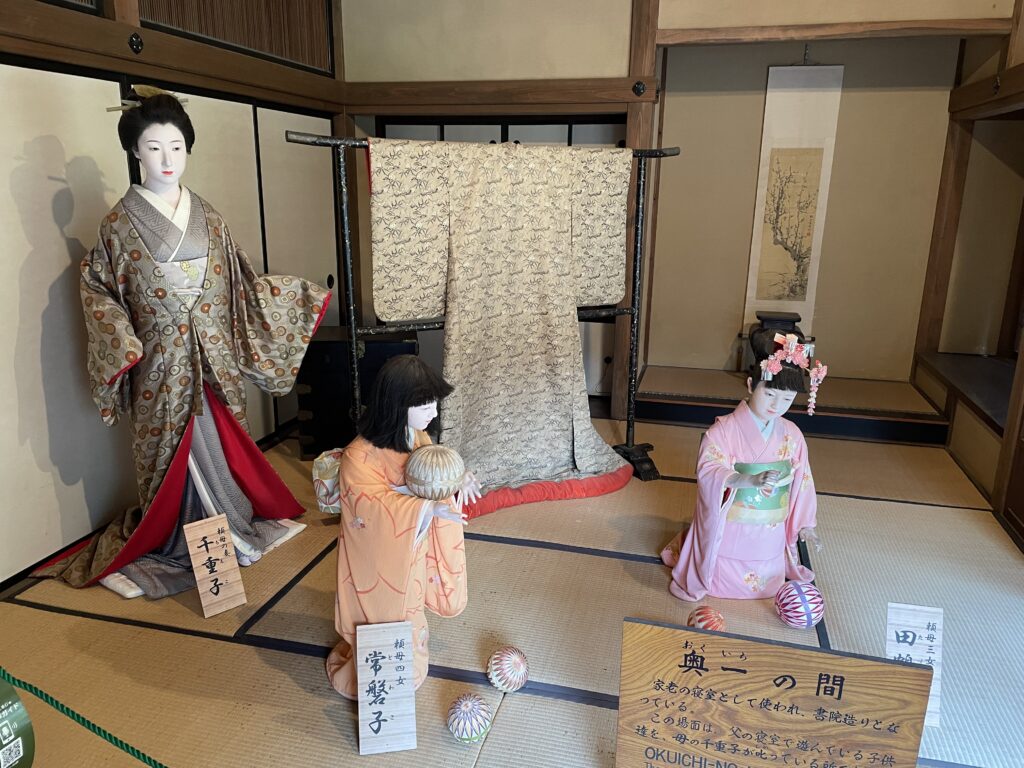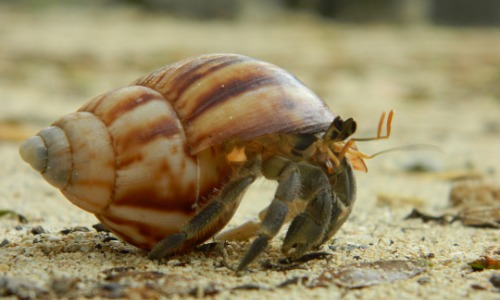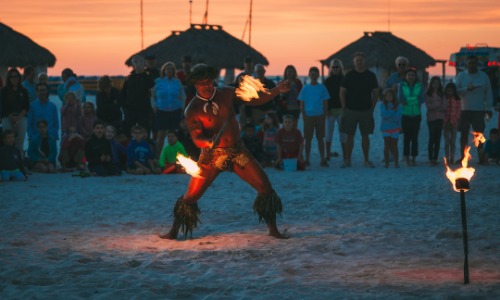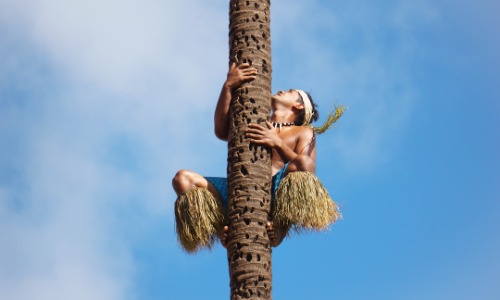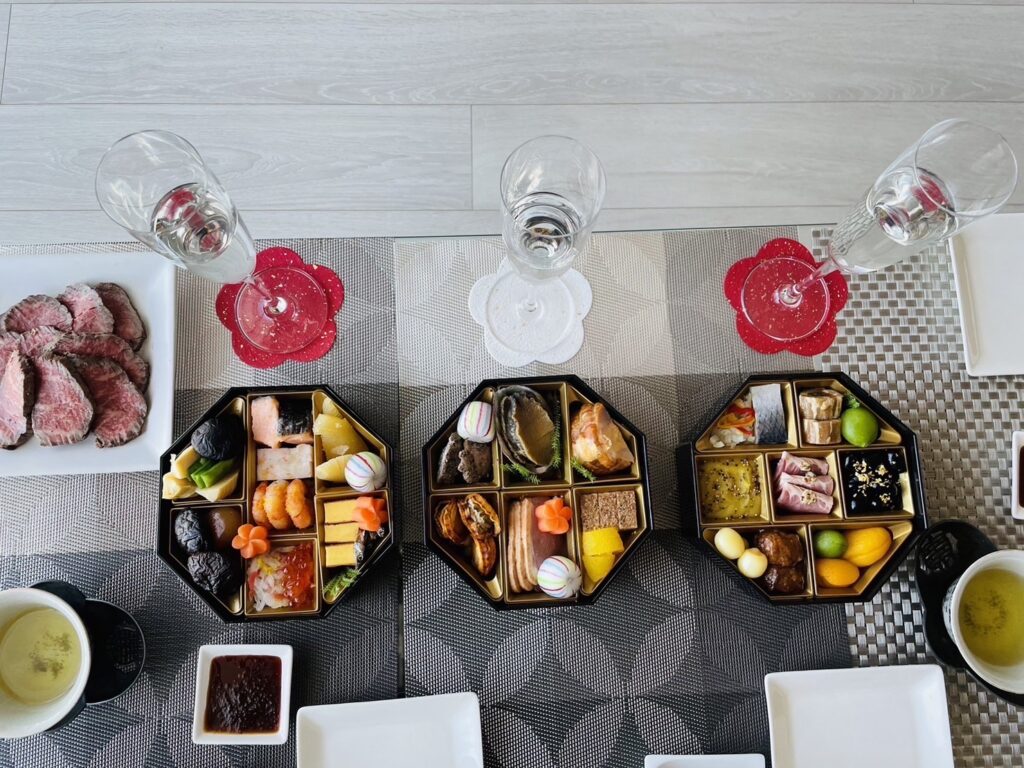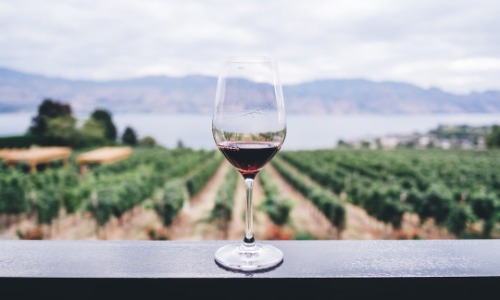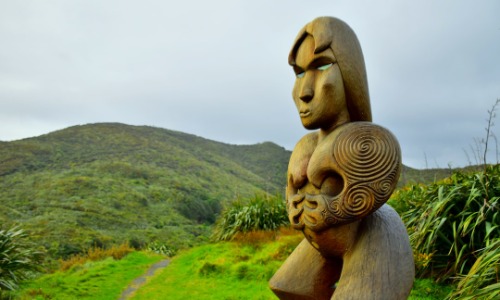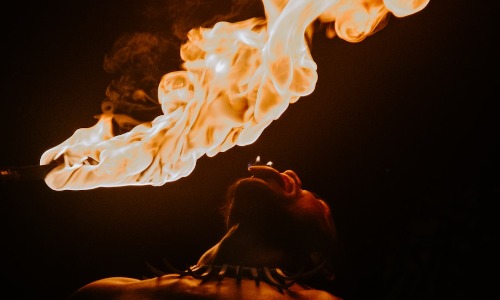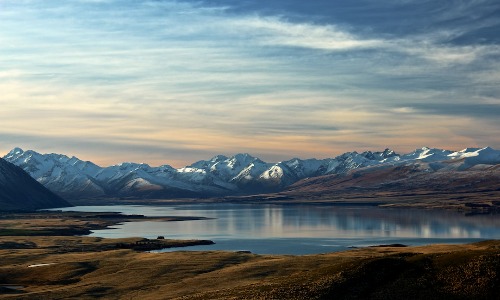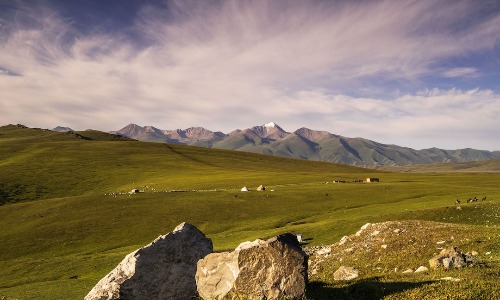-

The Tragedies of Defeated Regions in the Boshin War: A Tale of Resilience and Sacrifice
The Boshin War was a Japanese civil war fought between Imperial and shogunate forces from 1868 to 1869. While many foreigners may view the Meiji Restoration that followed as a positive development, it is important to recognize the tragedies that befell the regions that were defeated in the war. In these regions, residents often lacked basic necessities such as food, and some samurai families were forced to sell their daughters into servitude in Tokyo, where they became mistresses of Meiji…
-

Samoa’s Road to Independence: The Role of New Zealand and the United Nations
In 1936, a Labour government was formed in New Zealand, and the new Prime Minister, Michael Joseph, promised to improve relations with Samoa. The new government reviewed several rules and laws, including establishing Samoan associate judges in the courts and hiring Samoans and local Europeans in the public sector. They also set up a registry office to recognize land rights. In 1947, Samoan leaders sent a letter to the United Nations asking for autonomy. The UN sent a delegation to…
-

New Zealand Rule in Samoa: Impact on Samoan Self-Governance and the MAU Movement
New Zealand governed Samoa from 1919 to 1962, but initially struggled to understand and rule the country effectively. Samoa had a self-governing system in which chiefs in each village held important roles and responsibilities. However, the New Zealand government forbade Samoans from fulfilling these roles and transferred power from the matai, or village chiefs, to the New Zealand government. The New Zealand government even had the power to revoke the title of matai, which was deeply hurtful to Samoans as…
-

Samoa’s Road to Independence: From Colonial Rule to Self-Government
After Samoa became a colony in 1925, the Colonial Act was implemented, causing many issues as it failed to acknowledge the realities of Samoa. In 1929, during protests, Prince Tamasese was killed by New Zealand violence, which led to increasing momentum to oppose the colonial law and pursue independence and self-government by Samoans. Samoa appealed to New Zealand and the United States for independence. In 1948, the Samoan flag was allowed to fly next to the New Zealand flag, and…
-

Samoa’s History: European Colonization and Influence in the 1800s-1900s
In the 1800s, people from many countries immigrated to Samoa. In 1857, German traders established plantations on the island of Upolu. The plantations flourished, and the German settlers gained more power. They then negotiated with the United States, Great Britain, and Tonga and signed the Berlin Agreement. As a result, the great chief of Upolu was overthrown, and the German settlers proclaimed themselves as kings. In 1914, World War I broke out, and New Zealand invaded Samoa, which was a…
-

History of Samoa: Settlement, Colonization, and Introduction of Christianity
Between 1000 B.C. and 400 A.D., Polynesian peoples began to settle on Pacific islands. Between 950 and 1250 A.D., Samoa came under the rule of the Kingdom of Tonga. Samoa then gained independence and experienced a golden age under Queen Salamagina around 1600 A.D. However, with the Age of Exploration, Europeans began to arrive to explore. The Germans arrived in 1772, followed by the French in 1787. In 1828, Christianity was introduced, and both the Anglican Church and the Catholic…
-

“Discovering Japanese Culture: Sechi Festivals and Oshogatsu Traditions”
“Sechi” refers to the milestones in life, including New Year’s Day, the Peach Festival in March, the Iris Festival in May, the Tanabata Festival, and the Chou-you Festival. During these festivals, delicious food harvested during that time is offered to the gods. Afterward, the leftover food is enjoyed and shared among the people during the festivities. One of the most famous milestones is Oshogatsu, where we eat Osechi cuisine. The meaning of Osechi-ryori is that the gods are the first…
-

“Leadership Lessons from Plutarch and Cao Cao: Attracting Excellence through Goodness and Talent”
The saying “Good people bring out the good in other people” is attributed to Plutarch, an ancient Greek philosopher and biographer. This phrase suggests that in order to attract excellent talent, one must first be excellent themselves. In other words, if you do great work, you are more likely to attract similarly great people to work with you. A similar statement was made by Cao Cao in China. 才子相聚,必有异人 (Chinese) 才子は才子を呼ぶ (Japanese) This phrase means that in order to…
-

How the Treaty of Waitangi shaped New Zealand’s history: a closer look at the Maori-British agreement of 1840
The Maori gradually realized that they were losing their land and demanded that the British government regulate and control the settlers. However, this gave the British an opportunity to take advantage. To address the situation, the British government sent Captain William Hobson to New Zealand. In 1840, Captain William Hobson and Maori chiefs signed the Treaty of Waitangi. This treaty guaranteed British protection of all Maori rights, including property rights, in exchange for the Maori accepting Queen Victoria as their…
-

The Mau Movement and the Samoan Independence Struggle of 1929: The Death of Prince Tamosese and the Role of New Zealand Marines
On Saturday, December 28, 1929, there was a large peaceful march in the capital city of Apia to honor the members of Mau who had been expelled by the authorities. However, the authorities were vehemently opposed to the Mau, and during the march, they opened fire in an attempt to arrest the demonstrators. Amidst the chaos, the leader of the Mau, Prince Tamosese, was killed, which led the Mau to declare its intention to seek independence from New Zealand. A…
-

History of New Zealand: Arrival of Southeast Asian settlers and Maori people
It is believed that the first inhabitants of New Zealand were people from Southeast Asia who migrated eastward from island to island until they reached the Central Pacific. From there, they continued southward until they reached New Zealand, estimated to have occurred around 750 B.C. They named New Zealand “Land of the long white cloud” or “Aotearoa”. The Maori people arrived in New Zealand around 750 AD. According to legend, a second group of Maori arrived in the 13th and…
-

Drama Yan Yun Tai Understanding the Liao, the first conquest dynasty in Chinese history.
Do you know the Liao Dynasty? This drama is about the Liao, a nation of Khitan people who, in the 10th century, established an empire that stretched from the eastern Mongolian plateau to northeastern China under the first emperor, Ye Lu Abo Ki. During the reign of the second Liao emperor, the Liao acquired what are now the cities of Beijing and Datong, and as a result, became the first conquest dynasty in Chinese history to establish a dual rule…
